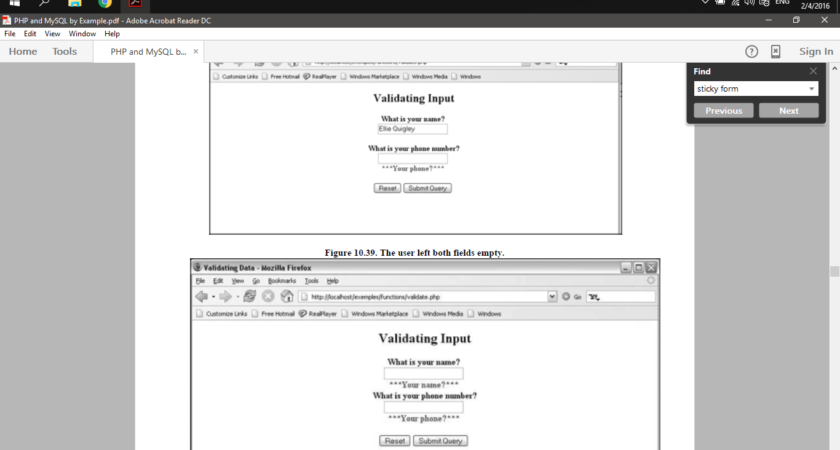Are you tired of users forgetting to fill in crucial information, leading to error messages and cleared inputs? Fear not! In this guide, we’ll explore a simple yet effective technique to make your PHP forms user-friendly by implementing sticky input fields.
Sticky Input Fields: A Solution to Forgotten Entries
Have you ever faced the frustration of submitting a form, only to realize you forgot to fill in your email, triggering an error message? With sticky input fields, such annoyances become a thing of the past. Let’s delve into the solution.
To make your PHP form sticky, you need to ensure the form and handler are on the same script. Follow these steps to echo the submitted name and email as the value attributes of the input fields.
php
if ($_SERVER['REQUEST_METHOD'] === 'POST') { $name = $email = ''; if (empty($_POST['name'])) { $nameError = 'Name should be filled'; } else { $name = trim(htmlspecialchars($_POST['name'])); } if (empty($_POST['email'])) { $emailError = 'Please add your email'; } else { $email = trim(htmlspecialchars($_POST['email'])); // Fix: Use 'email' instead of 'name' } }
HTML Form Markup:
html
<form method="POST" action=""> Name: <input type="text" name="name" value="<?php if (isset($name)) echo $name; ?>"> <span class="error"><?php if (isset($nameError)) echo $nameError ?></span> Email: <input type="text" name="email" value="<?php if (isset($email)) echo $email; ?>"> <span class="error"><?php if (isset($emailError)) echo $emailError ?></span> <input type="submit" name="submit"> </form>Conclusion
Incorporating sticky input fields into your PHP forms is a simple yet powerful way to enhance user experience. By echoing submitted values into the input fields, you can prevent errors and provide a smoother interaction for your users. Say goodbye to frustrating form submissions and welcome a more user-friendly approach with sticky input fields.
